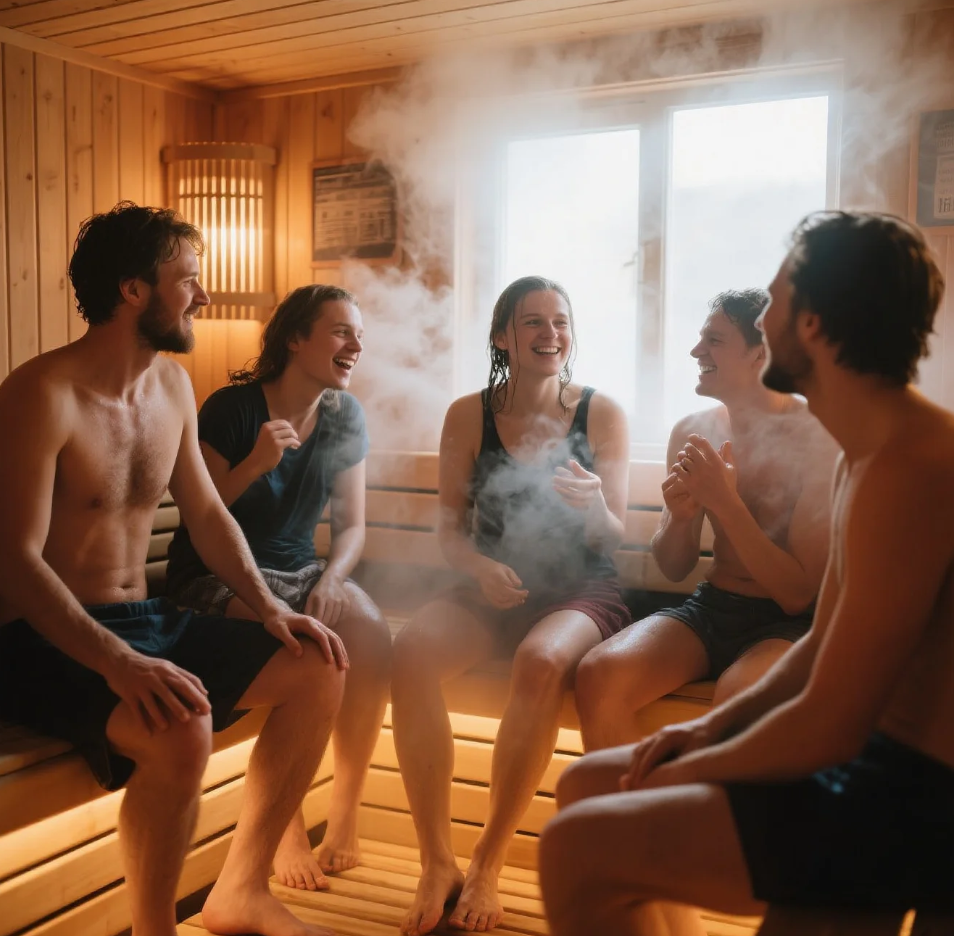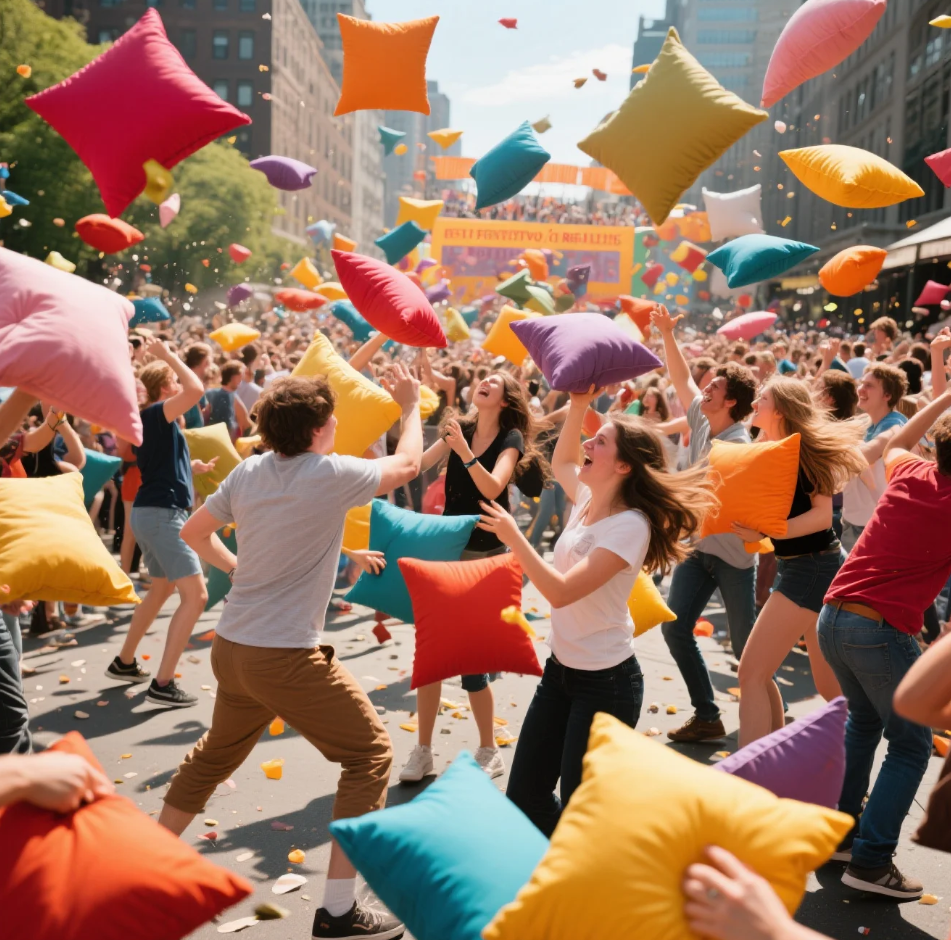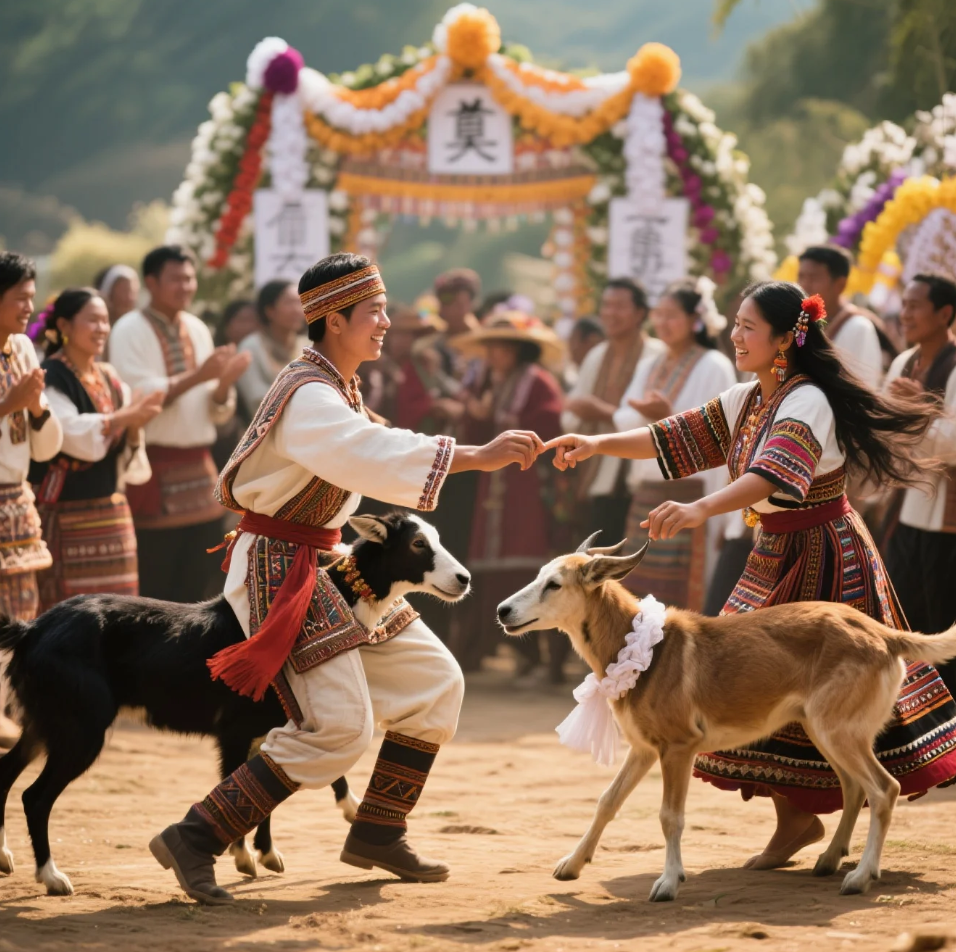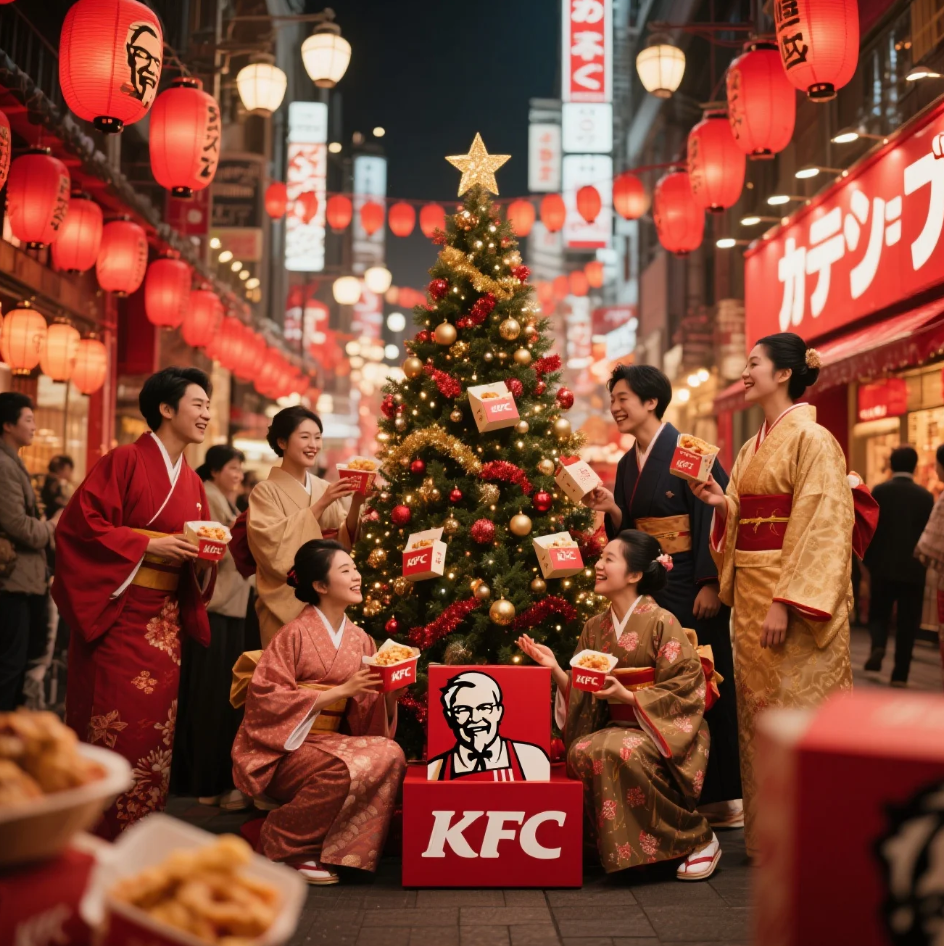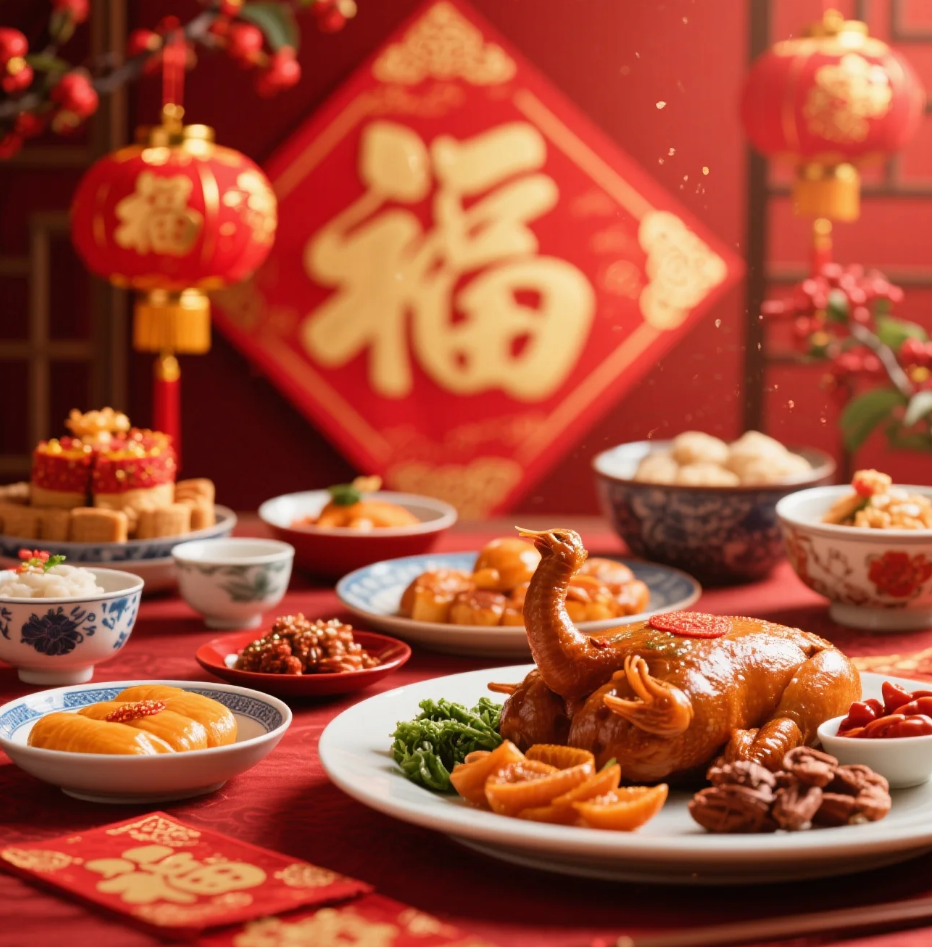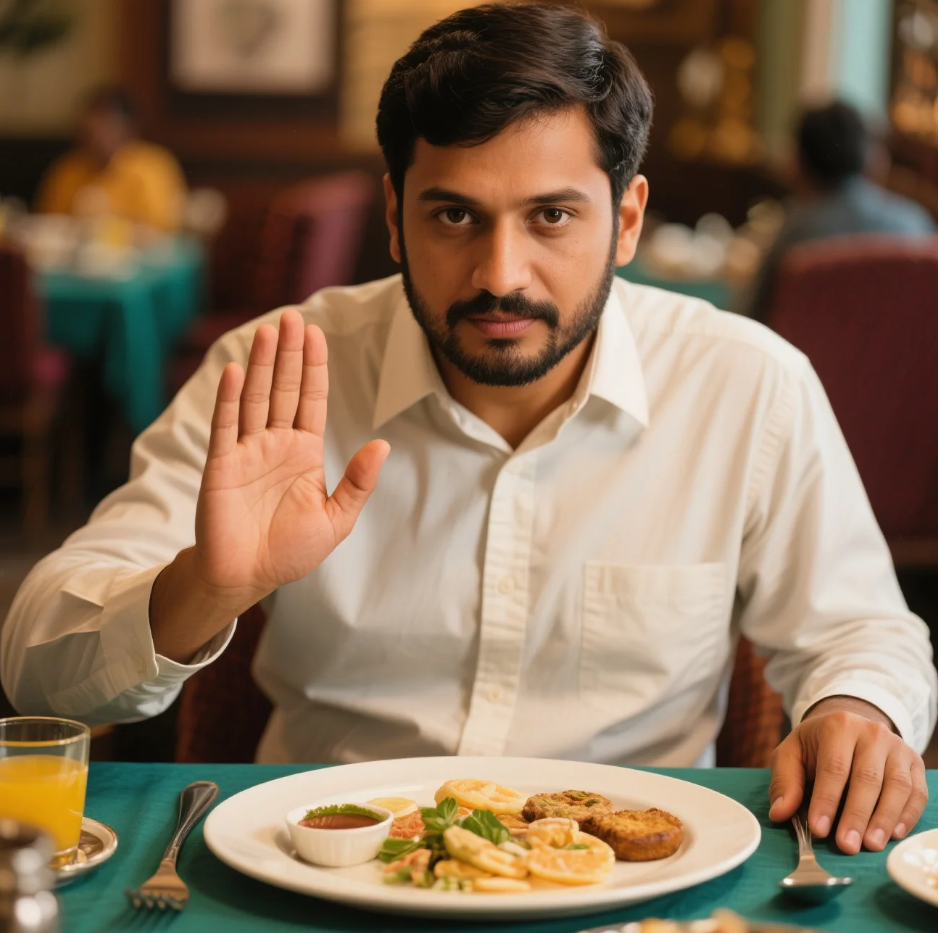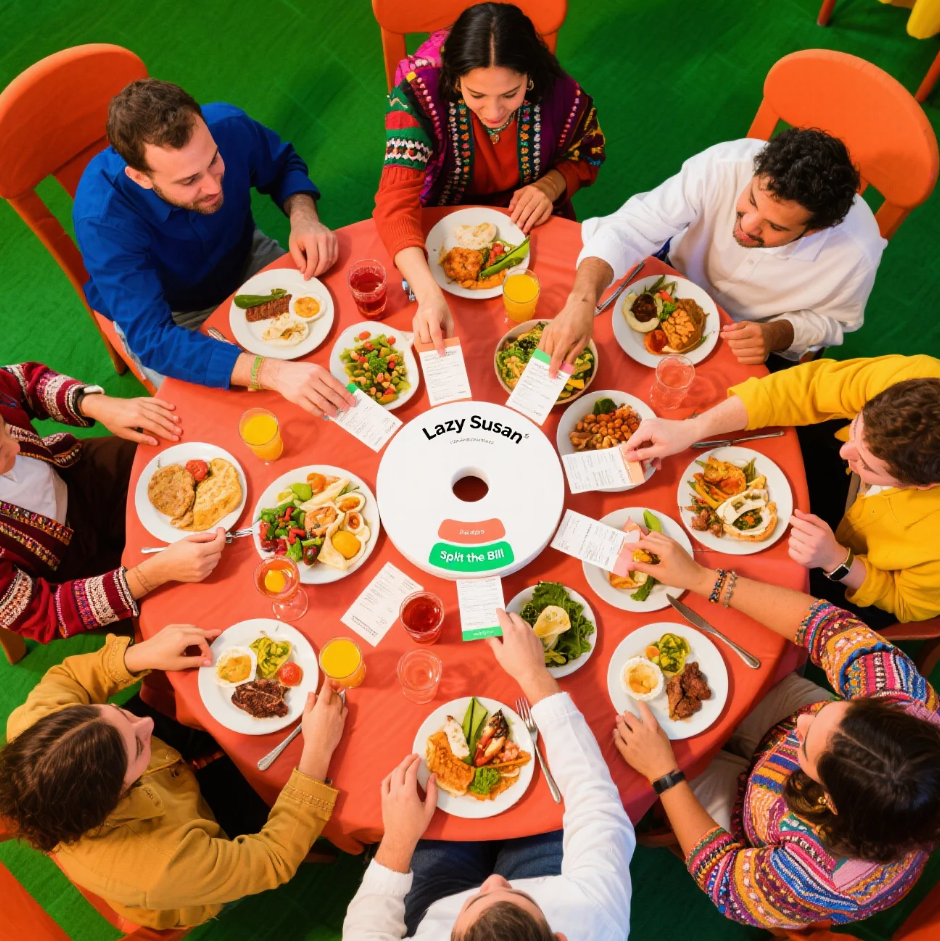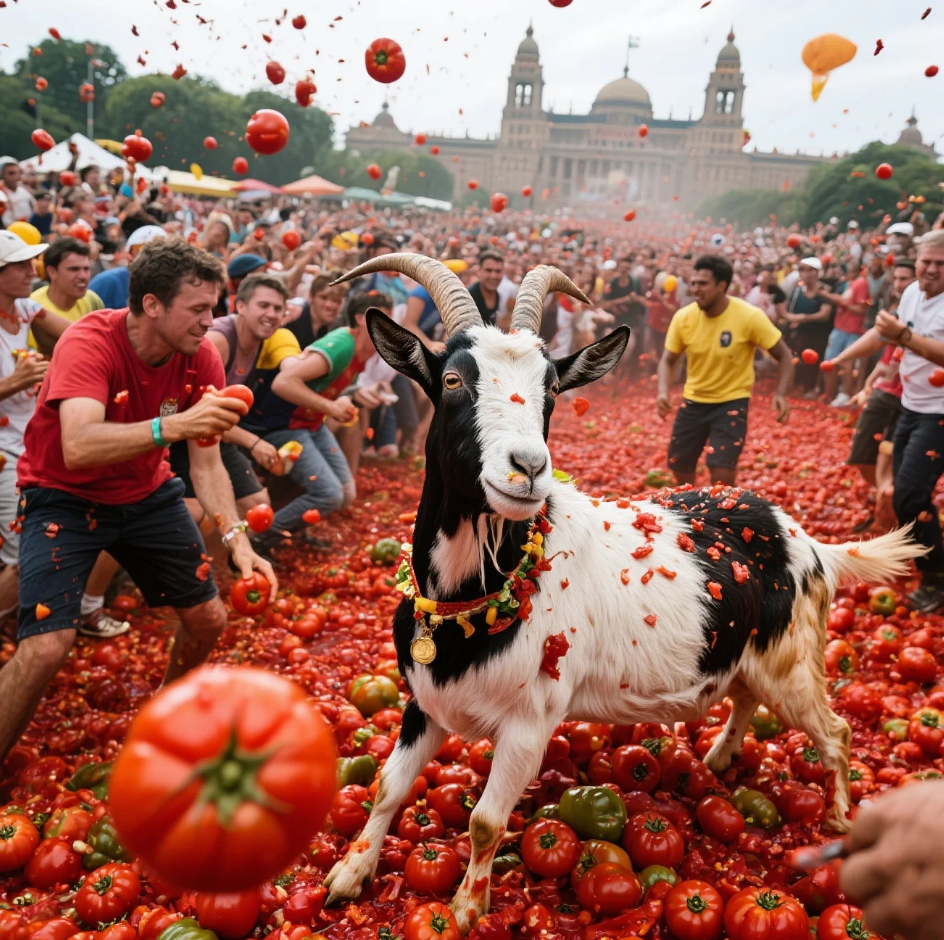
When it comes to celebrating special occasions, cultures worldwide take creativity to new heights. While many countries honor traditional holidays with familiar customs, some places embrace downright bizarre, hilarious, or downright strange festivities. From cities drenched in tomato pulp to villages parading goats through the streets, these weirdest holidays offer a colorful glimpse into human imagination and cultural quirks.
In this article, we embark on a global journey exploring the most unusual and entertaining holidays that break the mold of typical celebrations. Get ready to discover traditions that will surprise, amuse, and maybe even inspire your next holiday adventure!
1. La Tomatina, Spain – The Ultimate Tomato Fight
Every August, the small town of Buñol in Spain transforms into a gigantic, messy battlefield where thousands of people engage in the world’s biggest tomato fight. La Tomatina began as a spontaneous food fight in 1945 and has since evolved into an internationally famous festival.
Participants throw over 150,000 kilograms of ripe tomatoes at each other, turning the streets into a slippery, red wonderland. The event lasts about an hour, after which the town is thoroughly cleaned. Locals and tourists alike flock here for the sheer absurdity and thrill of getting drenched in tomato juice.
Why tomatoes? The answer is part tradition, part spontaneous fun — a celebration of letting loose, community bonding, and joy through playful chaos. If you love messy fun, La Tomatina is a must-see holiday.
2. Goat Throwing Festival, Spain – A Controversial Tradition
Also in Spain, the small village of Manganeses de la Polvorosa holds a tradition that has sparked debates worldwide — the annual “Goat Throwing Festival.” Participants historically threw a live goat from the church tower to the town square, where people would try to catch it using a sheet.
The event dates back centuries and was originally meant to bring good luck. However, animal rights concerns have caused the live goat ritual to be replaced in recent years by a dummy goat or symbolic acts.
Though controversial, this festival highlights how cultural traditions evolve and provoke discussion about ethics, modern values, and preserving heritage. It’s a strange and thought-provoking example of how holidays can stir emotions beyond just celebration.
3. Night of the Radishes, Mexico – Sculpting with Vegetables
Every December 23rd, the city of Oaxaca in Mexico hosts a unique holiday known as “Noche de Rábanos” or Night of the Radishes. Farmers and artists carve massive radishes into intricate sculptures ranging from animals to religious scenes.
This bizarre festival has roots in 16th-century Spanish colonial traditions, originally meant to attract customers to the local market. Today, it has grown into a competitive event, drawing visitors worldwide to admire the creativity and skill involved.
The Night of the Radishes perfectly blends agricultural heritage, artistry, and festive spirit, proving that holidays can be weirdly wonderful.
4. Kanamara Matsuri, Japan – The Festival of the Steel Phallus
Japan never fails to amaze with its quirky festivals, and the Kanamara Matsuri stands out as one of the most eye-opening. Held every spring in Kawasaki, this festival centers on a giant steel phallus and celebrates fertility, protection from sexually transmitted infections, and marital happiness.
Participants parade enormous phallic statues through the streets, often accompanied by lively music, colorful costumes, and plenty of laughs. Though it may seem shocking to outsiders, locals see it as a joyous, lighthearted tradition honoring human sexuality and health.
Kanamara Matsuri perfectly illustrates how holidays can mix humor, spirituality, and social messages in unexpected ways.
5. Cooper’s Hill Cheese-Rolling, England – Chasing Cheese Downhill
If you think cheese is meant for eating, think again! In the English village of Gloucestershire, a giant wheel of cheese is rolled down a steep hill, and daredevils chase it at breakneck speeds. The first to cross the finish line at the bottom wins the cheese.
This annual event is both thrilling and hazardous, with many participants tumbling down the hill in spectacular fashion. Originating centuries ago, the cheese-rolling race has become a symbol of local pride and reckless fun.
It’s a weird, wild holiday where the absurdity of chasing cheese outweighs any concern for safety — a true celebration of daring spirit.

6. The Baby Jumping Festival, Spain – El Colacho
In the town of Castrillo de Murcia, Spain, a peculiar tradition called El Colacho takes place every June. Men dressed as the devil leap over rows of babies lying on mattresses in the streets.
The ritual dates back to the 17th century and symbolizes the cleansing of original sin, protecting infants from evil spirits. Though it sounds dangerous, the event is carefully organized, and no babies have been harmed.
El Colacho is a striking example of how ancient folklore shapes modern festivals, mixing superstition with vibrant community participation.
7. Cheese Rolling, Cheese Chasing, and More Cheese Fun?
Believe it or not, cheese features prominently in multiple weird holidays! Besides Cooper’s Hill, there are smaller cheese-related events across Europe that combine humor, competition, and food obsession. Cheese-themed festivals often attract tourists who enjoy quirky challenges paired with delicious local dairy products.
Cheese lovers unite under the banner of fun, tradition, and, of course, cheesy puns.
8. The Monkey Buffet Festival, Thailand – A Feast for the Monkeys
Thailand’s Lopburi province honors its resident monkey population with an annual feast known as the Monkey Buffet Festival. Villagers prepare tables laden with fruits, vegetables, and treats, inviting thousands of macaques to enjoy the spread.
This unusual celebration aims to honor the monkeys, believed to bring good fortune and tourism to the area. The sight of dozens of monkeys gleefully munching on bananas and watermelons is both hilarious and heartwarming.
The Monkey Buffet Festival perfectly blends nature, superstition, and community spirit into a truly weird holiday.
9. Up Helly Aa, Scotland – Viking Fire Festival
In the Shetland Islands of Scotland, every January, locals celebrate their Viking heritage through Up Helly Aa. This fiery festival features torch-lit processions, elaborate Viking costumes, and the burning of a replica Viking longship.
Up Helly Aa is part history lesson, part community bonding, and part spectacular show. Its origins date back to the 19th century, and the event attracts thousands eager to witness flames lighting the dark winter nights.
This festival shows how holidays can be both historical reenactments and high-energy parties rolled into one.
10. La Pourcailhade, France – The Festival of the Pig
France’s Gers region used to hold La Pourcailhade, a bizarre contest celebrating pigs. Events included pig-squealing competitions, piglet races, and even pork-eating contests.
Though no longer held annually, it remains a symbol of regional pride and rural traditions. The festival combined humor, competition, and a love for pigs, illustrating how holidays often reflect local culture and livelihood.
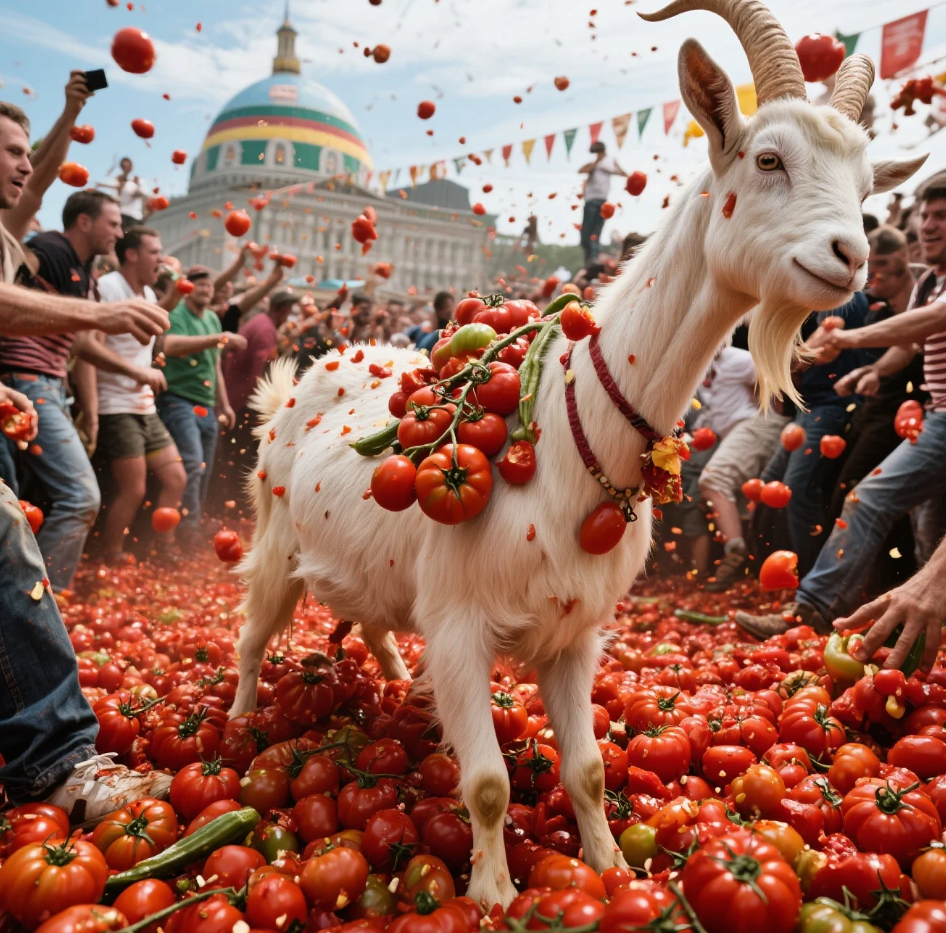
Why Do We Celebrate Such Weird Holidays?
Weird holidays might seem strange to outsiders, but they play vital roles in communities worldwide:
- Preserving Culture: Many such festivals keep ancient traditions alive, even if their origins are obscure or forgotten.
- Building Identity: They give communities unique traits that foster pride and belonging.
- Attracting Tourism: Oddity and fun bring visitors, boosting local economies.
- Offering Joy and Release: Strange celebrations often allow people to let loose, laugh, and bond.
Ultimately, these weird holidays remind us that human creativity and cultural diversity know no bounds.
How Can You Experience These Holidays?
If you want to witness or even participate in some of these unique celebrations, here are some tips:
- Plan Ahead: Dates for weird holidays are often fixed, so mark your calendar early.
- Respect Local Customs: Understand the meaning and etiquette to avoid offense.
- Be Open-Minded: Embrace the weirdness with humor and curiosity.
- Stay Safe: Some events, like cheese rolling or goat throwing, can be risky.
- Capture the Moment: These celebrations make fantastic stories and photos.
Traveling for weird holidays offers a once-in-a-lifetime chance to see how cultures express joy in the most unexpected ways.
Final Thoughts
The world is full of fascinating, strange, and utterly delightful holidays that break the mold of traditional celebrations. From Spain’s tomato battles to Thailand’s monkey feasts, each event reflects the unique spirit of its people.
By exploring and appreciating these weird holidays, we not only enjoy entertainment but also gain deeper insights into humanity’s cultural kaleidoscope.
So next time you wonder how different countries celebrate, remember that weird and wonderful holidays are everywhere—waiting to surprise and delight.





